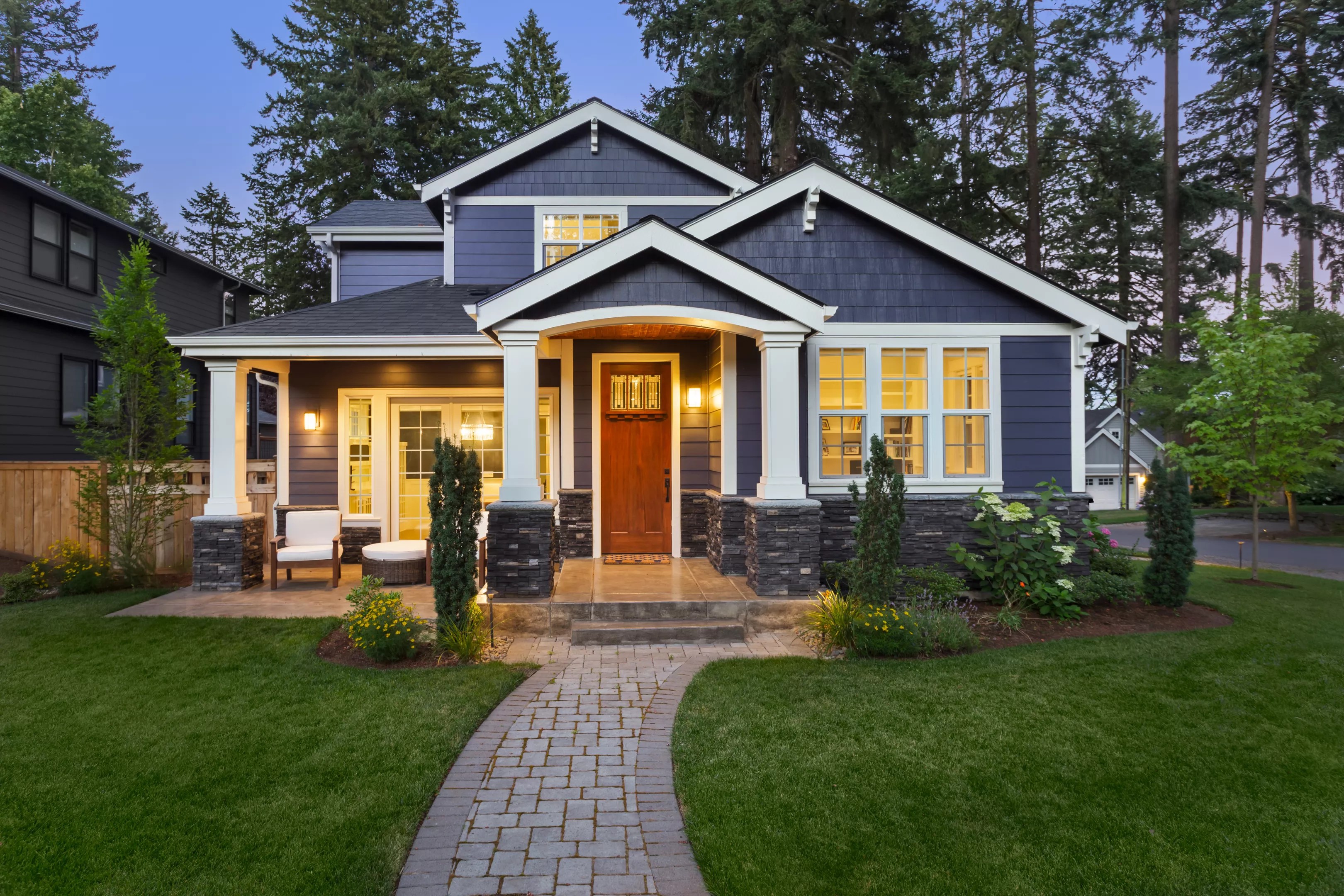
Adobe Stock

Audio By Carbonatix
Six months into 2025, Dallas homes are spending more time on the market than last year, and the number of actual homes sold has dropped by nearly 9% year-over-year.
Still, sale prices have steadily increased each month of 2025 for a 5.7% cost increase compared to 2024, data from the online real estate firm Redfin shows. The median house in Dallas is now selling for nearly $468,000, the market tracker shows, which is 8% higher than the national average. That number stings, considering the latter half of 2024 saw housing prices begin to fall after the median home sale price peaked at $500,000 last May.
If you took ECON101, you’re likely scratching your head right now. Based on the basic principles of supply and demand, wouldn’t more houses on the market result in a dip in prices?
“More supply would mean reduced prices,” confirmed Ashley Flores, chief of housing at the Child Poverty Action Lab. “My hunch is that it’s just too short of a time horizon [to see housing prices fall].”
This year, make your gift count –
Invest in local news that matters.
Our work is funded by readers like you who make voluntary gifts because they value our work and want to see it continue. Make a contribution today to help us reach our $30,000 goal!
Patience may be a virtue, but it doesn’t make house hunting any less stressful.
Higher prices are also pervading the Dallas rental market, even as the city has made strides in tackling the need for additional supply. Since 2020, over 7,600 apartment units have been built in Downtown Dallas alone, according to the Downtown Construction report by RentCafe.com. That’s the most downtown growth recorded by any major Texas city since the pandemic.
However, according to Zillow, the average apartment renter in Dallas pays nearly $1,500 a month, a $124 increase from last year. Zillow’s analysis excludes apartments listed in enclaves such as Highland Park, Cockrell Hill and University Park.
On the one hand, that price is lower than the national average. Zillow describes Dallas’ apartment rental market as “cool,” meaning there is plenty of apartment supply to meet the demand across the city. The real estate data company CoStar currently puts Dallas’ apartment vacancy rate, which tracks how many units are not leased in properties with five or more units, at 10.9%,
On the other hand, while Dallas officials have embraced a “Build, Baby, Build” mindset, the wave of new development has done little for the average low- or middle-income renter.
“Those new multifamily deliveries tend to be more class A properties, so more expensive rental units that are out of reach for lower-income renters,” Flores told the Observer. “In the rental market, to the question of if there’s more inventory coming online, won’t that reduce rates? Over time, maybe, yes, we might see some softening of rents. However, the softening of rents might not be so significant as to make brand new apartment units affordable to a household at, say, 50% of area median income.”
The Child Poverty Action Lab’s most recent Rental Housing Needs report found that for every 100 households of a single parent and child netting $45,000 a year, only 41 affordable units exist on the Dallas market. Of the four most common occupations across the DFW metroplex, three pay a median wage less than the $45,000 benchmark.
That means a significant number of families are either living in apartments that eat up a substantial portion of their income, leaving them cost-burdened, or are having to make sacrifices on desires like location in order to find an apartment that won’t break the bank. The report states that around 40,000 affordable housing units are missing from the Dallas market.
“We have this huge deficit for our lowest-income renters,” Flores said. “And so we have to be thinking about both production of affordable units at that income level, and then also preservation of existing affordable housing stock that might be at risk of not being affordable for various reasons in the years ahead.”
That logic can be applied to the housing market, too. With Dallas homes coming in around at the $468,000 range, a huge wedge of potential homeowners have been priced out of the city. The rental housing needs report found that in 2019, the income required to purchase a median-priced house in Dallas was just over $50,000.
By 2022, Dallas’ COVID-era population boom and interest rates put that barrier to ownership at $100,000. As a result, 37% of households making over $100,000 a year were renters in 2022. In 2012, that number was 24%, the report found.
To Flores’ point, prices may drop over time as more homes hit the market. But will they drop enough for the average Dallasite to actually notice?
“Even though renter household earnings have increased in the last decade, home prices have increased faster. So renter households are not making the transition to home ownership at the same rates they have in the past,” Flores said. “And so higher income households are staying renters longer, which puts additional downward pressure on the rental market.”